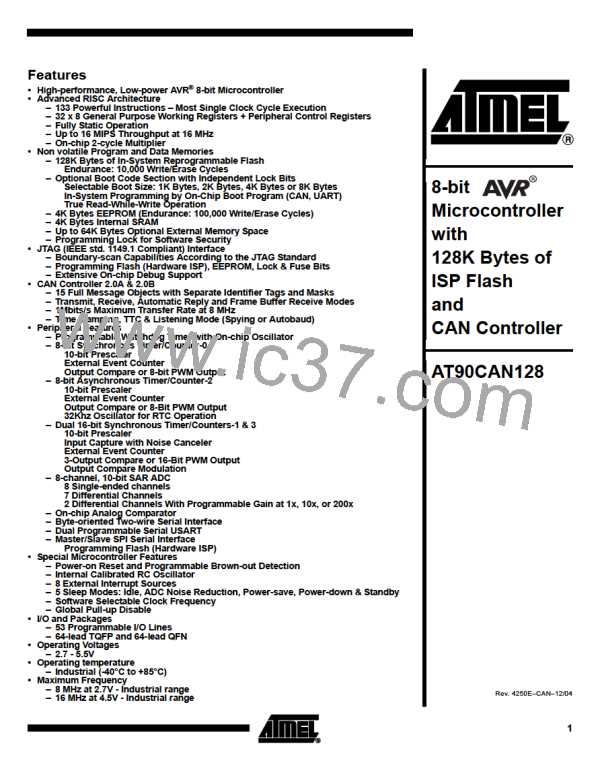Figure 107. Formats and States in the Slave Transmitter Mode
Reception of the
own slave address
and one or
S
SLA
R
A
DATA
A
DATA
A
P or S
more data bytes
$A8
A
$B8
$C0
Arbitration lost as master
and addressed as slave
$B0
Last data byte transmitted.
Switched to not addressed
slave (TWEA = '0')
A
All 1's
P or S
$C8
Any number of data bytes
and their associated acknowledge bits
From master to slave
DATA
A
This number (contained in TWSR) corresponds
to a defined state of the Two-wire Serial Bus. The
prescaler bits are zero or masked to zero
From slave to master
n
Miscellaneous States
There are two status codes that do not correspond to a defined TWI state, see Table 94.
Status 0xF8 indicates that no relevant information is available because the TWINT flag
is not set. This occurs between other states, and when the TWI is not involved in a serial
transfer.
Status 0x00 indicates that a bus error has occurred during a Two-wire Serial Bus trans-
fer. A bus error occurs when a START or STOP condition occurs at an illegal position in
the format frame. Examples of such illegal positions are during the serial transfer of an
address byte, a data byte, or an acknowledge bit. When a bus error occurs, TWINT is
set. To recover from a bus error, the TWSTO flag must set and TWINT must be cleared
by writing a logic one to it. This causes the TWI to enter the not addressed slave mode
and to clear the TWSTO flag (no other bits in TWCR are affected). The SDA and SCL
lines are released, and no STOP condition is transmitted.
Table 94. Miscellaneous States
Status Code
Application Software Response
(TWSR)
Prescaler Bits
are 0
Status of the Two-wire Serial
Bus and Two-wire Serial Inter-
face Hardware
To TWCR
STA
To/from TWDR
STO
TWINT
1
TWEA
X
Next Action Taken by TWI Hardware
Wait or proceed current transfer
0xF8
No relevant state information No TWDR action
available; TWINT = “0”
No TWCR action
0x00
Bus error due to an illegal No TWDR action
START or STOP condition
0
1
Only the internal hardware is affected, no STOP condi-
tion is sent on the bus. In all cases, the bus is released
and TWSTO is cleared.
Combining Several TWI
Modes
In some cases, several TWI modes must be combined in order to complete the desired
action. Consider for example reading data from a serial EEPROM. Typically, such a
transfer involves the following steps:
226
AT90CAN128
4250E–CAN–12/04

 ATMEL [ ATMEL ]
ATMEL [ ATMEL ]